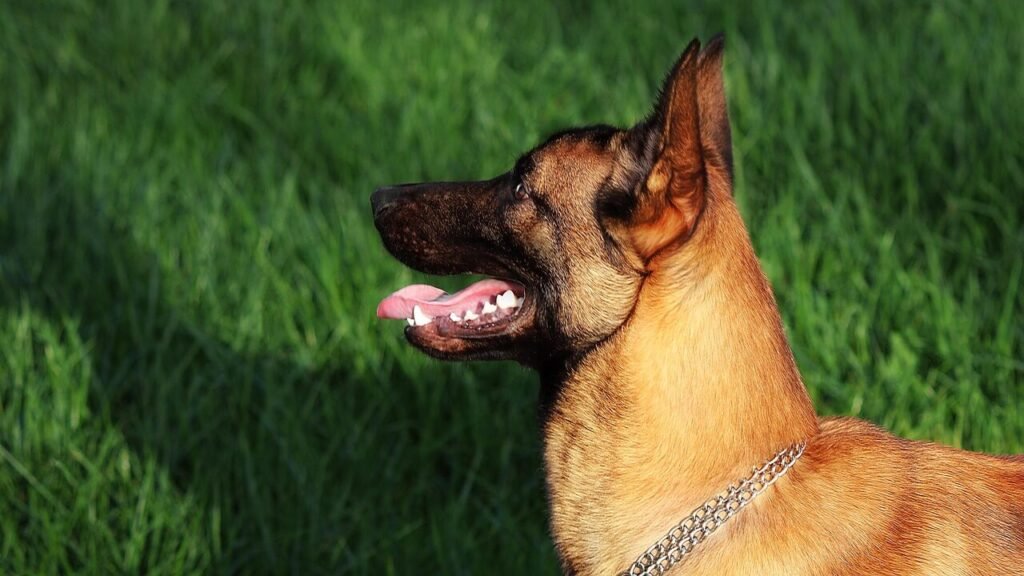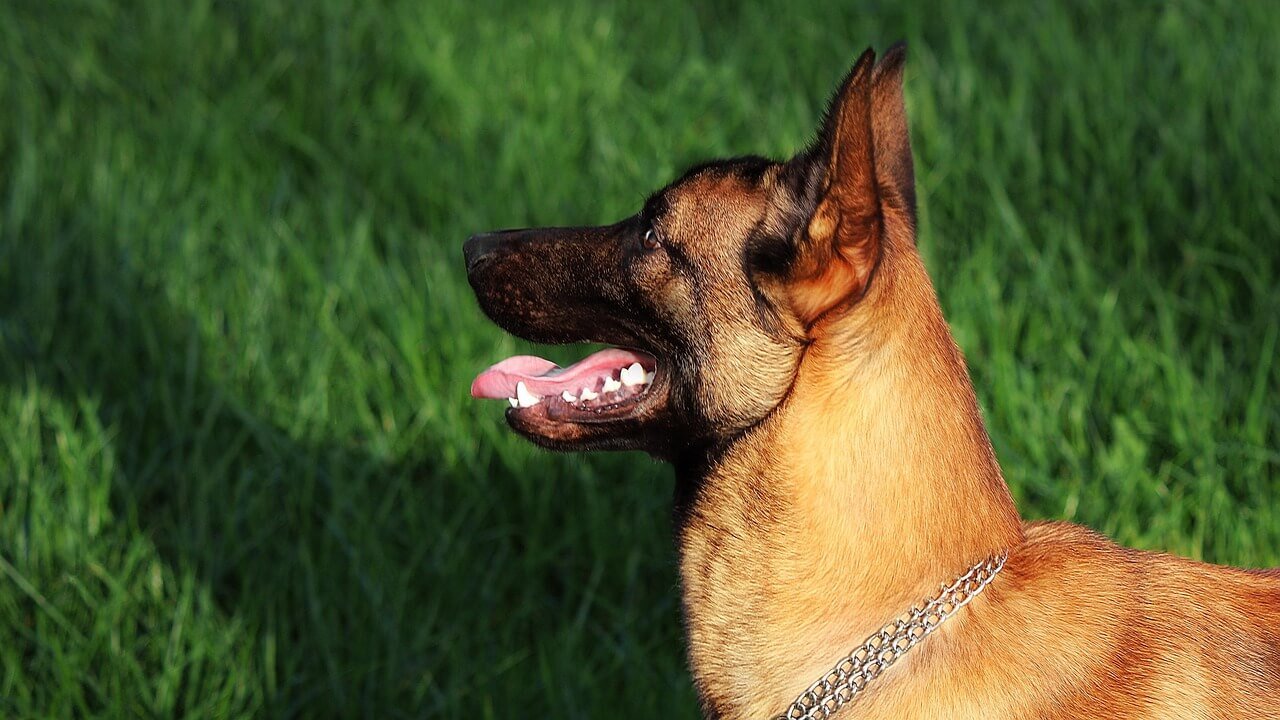Do Vets Cut Dog Nails? Everything You Need to Know About Nail Trimming for Your Pup
Trimming your dog’s nails is an essential part of their grooming routine, but it can be a daunting task for many pet owners. If you’ve ever wondered whether vets cut dog nails, the answer is yes—they absolutely do! Whether you’re unsure about how to trim your dog’s nails safely or simply prefer to leave it to the professionals, veterinarians are well-equipped to handle this delicate procedure.
In this blog post, we’ll explore why nail trimming is important, how vets approach it, and what you can do to ensure your dog’s paws stay healthy and comfortable. Whether you’re a first-time dog owner or a seasoned pet parent, this guide will help you understand the ins and outs of professional nail care.
Why Is It Important to Trim Your Dog’s Nails? The Benefits of Regular Nail Care
Keeping your dog’s nails at the right length is crucial for their overall health and comfort. Overgrown nails can lead to a variety of issues that affect their mobility and quality of life. Here’s why regular nail trimming should never be overlooked.
Prevents Pain and Discomfort:
Overgrown nails can press into the paw pad, causing pain and making it difficult for your dog to walk comfortably.Avoids Joint Problems:
Long nails force dogs to adjust their posture, which can lead to joint strain and long-term musculoskeletal issues.Reduces Risk of Infections:
Overgrown nails are more prone to cracking or breaking, creating openings for bacteria and infections.Prevents Damage to Floors and Furniture:
Dogs with excessively long nails can scratch floors, carpets, and furniture, leading to costly repairs.Improves Overall Mobility:
Properly trimmed nails allow dogs to move naturally, enhancing their ability to run, jump, and play without restrictions.
Regular nail trimming ensures your dog remains happy, healthy, and active. By addressing this simple yet vital aspect of grooming, you can prevent a host of problems down the road.
How Do Vets Cut Dog Nails? A Step-by-Step Look at the Process
When you bring your dog to the vet for a nail trim, you can expect a professional and thorough process. Veterinarians are trained to handle even the most anxious or uncooperative dogs, ensuring the experience is as stress-free as possible. Here’s what typically happens during a vet-led nail trimming session.
Initial Assessment:
The vet examines your dog’s nails to determine if they need trimming and checks for any signs of infection or abnormalities.Use of Specialized Tools:
Vets use high-quality clippers or grinders designed specifically for dog nails, ensuring precision and safety.Calming Techniques:
For nervous dogs, vets often employ calming techniques such as gentle handling, soothing words, or even mild sedation if necessary.Focus on the Quick:
Vets carefully avoid cutting into the “quick,” the sensitive part of the nail that contains nerves and blood vessels.Post-Trim Inspection:
After trimming, the vet inspects the nails to ensure they’re smooth and even, reducing the risk of snagging or injury.
By entrusting your dog’s nail care to a vet, you can rest assured that the job is done safely and effectively. Their expertise minimizes the risk of accidents and ensures your dog’s comfort throughout the process.
Check this guide 👉How Much Does It Cost to Trim Dog Nails? Best 7 Tips!
Check this guide 👉Top 5 Best Dog Nail Clippers for Perfect Grooming!
Check this guide 👉Top 5 Best Dog Nail Grinders for Ultimate Grooming!

Signs Your Dog Needs a Nail Trim | Potential Consequences of Ignoring Nail Care |
|---|---|
Clicking sound on hard floors | Painful walking and discomfort |
Curling nails | Joint strain and posture problems |
Visible redness or swelling | Increased risk of infections |
Difficulty walking or limping | Reduced mobility and activity levels |
Scratching furniture or floors | Damage to household items |
Can You Trim Your Dog’s Nails at Home? Tips for DIY Nail Care
If you’re considering trimming your dog’s nails at home, it’s important to approach the task with care and preparation. While some pet owners feel confident doing it themselves, others may find it challenging. Here are some tips to help you decide if DIY nail trimming is right for you.
Invest in Quality Tools:
Use professional-grade clippers or grinders designed for dogs to ensure a safe and precise cut.Learn About the Quick:
Understand where the quick is located to avoid cutting into it, which can cause pain and bleeding.Start Slowly:
Introduce your dog to the tools and process gradually to build trust and reduce anxiety.Reward Good Behavior:
Offer treats and praise to create a positive association with nail trimming.Know When to Stop:
If your dog becomes too stressed or uncooperative, it’s best to pause and consult a professional.
Trimming your dog’s nails at home can save time and money, but it’s not for everyone. If you’re unsure, don’t hesitate to seek help from a vet or professional groomer.
What Happens If You Don’t Cut Your Dog’s Nails? The Risks of Neglecting Nail Care
Neglecting your dog’s nail care can lead to a range of physical and behavioral issues. Overgrown nails are more than just a cosmetic concern—they can significantly impact your dog’s health and well-being. Here’s what could happen if you skip regular trims.
Painful Ingrown Nails:
Overgrown nails can grow into the paw pad, causing painful sores and infections.Difficulty Walking:
Long nails alter your dog’s gait, making it uncomfortable or even painful for them to move around.Increased Risk of Breakage:
Brittle nails are more likely to crack or break, leading to potential injuries.Behavioral Changes:
Dogs with overgrown nails may become irritable or lethargic due to constant discomfort.Long-Term Health Issues:
Chronic neglect can result in joint damage, arthritis, and other musculoskeletal problems.
The consequences of ignoring nail care highlight the importance of keeping your dog’s nails at a healthy length. Regular trims, whether done at home or by a professional, are essential for their overall health.
Signs Your Dog Hates Nail Trimming (And What to Do)
Some dogs dread nail trims, and their behavior can make the process challenging. Recognizing the signs of discomfort or fear can help you address the issue effectively. Here’s what to look for and how to handle it.
Whining or Growling:
Vocalizations indicate stress or pain, signaling that the process needs to be slowed down or stopped.Pulling Away:
Dogs that try to escape may feel unsafe; use gentle restraint and calming techniques to ease their anxiety.Excessive Licking:
Licking paws after trimming can suggest irritation or discomfort, so double-check your technique.Refusal to Walk:
If your dog avoids walking afterward, you may have cut the quick or caused another injury.Shaking or Trembling:
These physical signs indicate extreme fear, and professional intervention may be necessary.
Understanding your dog’s reactions can help you create a more positive experience. Patience and consistency are key to overcoming their fear.
Alternatives to Traditional Nail Trimming
If your dog struggles with traditional nail trimming methods, there are alternative ways to keep their nails in check. These options can complement or replace clipping altogether.
Walking on Hard Surfaces:
Regular walks on concrete or asphalt naturally file down nails, reducing the need for frequent trims.Nail Grinding Tools:
Electric grinders offer a smoother finish and are less likely to cause accidental cuts compared to clippers.Professional Groomers:
Skilled groomers can handle even the most difficult dogs, providing a stress-free experience for both pet and owner.Nail Caps:
Soft plastic caps can be applied to nails to prevent scratching and reduce wear on household surfaces.Laser Therapy for Anxiety:
Some vets offer laser therapy to calm anxious dogs before grooming procedures.
Exploring these alternatives can make nail care easier and less stressful for everyone involved.
Common Mistakes to Avoid When Trimming Dog Nails
Even with the best intentions, mistakes can happen during nail trimming. Avoiding these common pitfalls ensures a safer and more effective experience for your dog.
Cutting Too Much at Once:
Removing large portions of the nail increases the risk of hitting the quick and causing pain.Using Human Nail Clippers:
Designed for flat nails, human clippers can crush or split a dog’s curved nails.Ignoring the Quick:
Failing to account for the quick can lead to bleeding and significant discomfort for your dog.Skipping Regular Trims:
Infrequent trimming allows nails to grow too long, increasing the difficulty of future cuts.Rushing the Process:
Moving too quickly can cause accidents and heighten your dog’s anxiety.
By steering clear of these mistakes, you can ensure your dog’s nail care routine is safe, effective, and stress-free.
Frequently Asked Questions About Dog Nail Trimming
How often should I trim my dog’s nails?
Most dogs need their nails trimmed every 3-4 weeks, but this varies based on their activity level and nail growth rate.
Can vets sedate my dog for nail trimming?
Yes, vets may use mild sedation for extremely anxious or aggressive dogs, but it’s rarely necessary.
What if I accidentally cut the quick?
Apply styptic powder or cornstarch to stop the bleeding and consult your vet if needed.
Are electric nail grinders better than clippers?
Both tools work well; it depends on your dog’s tolerance and your comfort level with each method.
Should I trim my dog’s dewclaws?
Yes, dewclaws should also be trimmed regularly to prevent overgrowth and injury.
Paw-sitive Steps: Prioritizing Your Dog’s Nail Health
In conclusion, maintaining your dog’s nail health is a vital part of responsible pet ownership. Whether you choose to trim their nails at home or rely on a vet or groomer, staying proactive ensures your dog remains comfortable and injury-free. By understanding the importance of nail care and recognizing the signs that your dog needs a trim, you can prevent a host of physical and behavioral issues. Remember, happy paws mean a happy dog—and a happy dog means a happy home. So take those paw-sitive steps today and give your furry friend the care they deserve.
Understanding Cryptosporidium in Cats: Best 7 Expert Tips! – Spot symptoms, treat safely, and stop parasite spread in your home.
Understanding Cryptosporidium in Dogs: Best 7 Expert Tips! – Learn symptoms, treatment & prevention for this stubborn gut parasite.
Understanding Syringomyelia in Cats: Best 7 Expert Tips! – Recognize signs, manage pain, and support your cat’s neurological health with vet-backed guidance.
Understanding Syringomyelia in Dogs: Best 7 Expert Tips! – Expert insights on symptoms, MRI diagnosis, pain management & quality of life.





